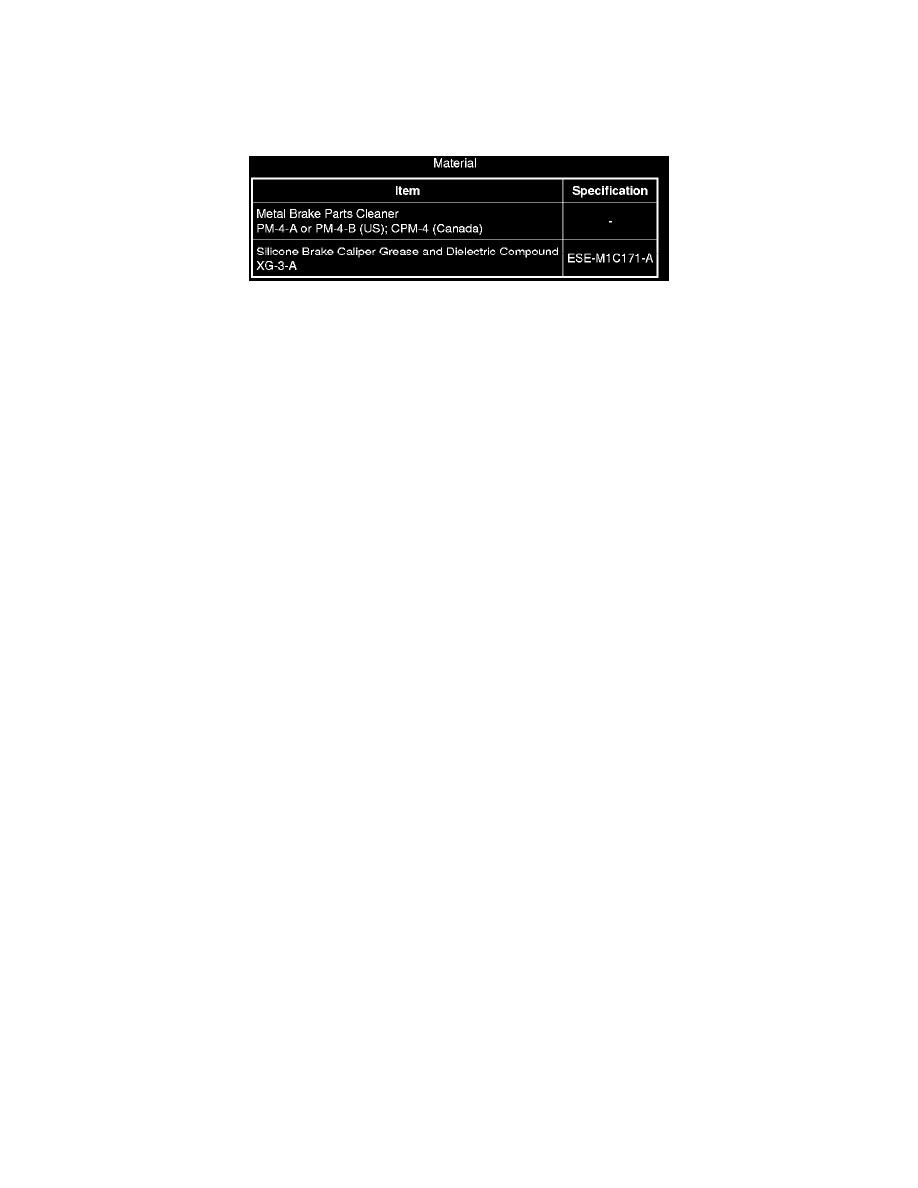F 550 2WD Super Duty V10-6.8L (2009)

Brake Master Cylinder: Testing and Inspection
Brake Master Cylinder
Brake System Inspection
Brake Master Cylinder
NOTE: During normal operation of the brake master cylinder, the fluid level in the brake master cylinder reservoir will fall during brake application and
rise during release. The net fluid level (such as after brake application and release) will remain unchanged. Fluid level will decrease with pad wear.
NOTE: A trace of brake fluid will exist on the booster shell below the master cylinder mounting flange. This results from the normal lubricating action
of the master cylinder bore and seal.
1. Inspect the brake master cylinder for fluid leaks.
-
Install a new master cylinder or brake fluid reservoir if signs of excessive leaking are present.
-
To check for correct brake master cylinder operation, refer to Component Tests See: Testing and Inspection/Component Tests and General
Diagnostics.
Accumulator - Hydro-Boost(R)
Component Tests
Accumulator - Hydro-Boost(R)
1. Start the engine and turn the steering wheel to the left and right stops 1 time.
2. Stop the engine.
3. Apply the brakes. The accumulator in the Hydro-Boost(R) power brake booster should retain enough pressure for at least 2 power assisted brake
operations.
-
If no power assist is felt, install a new Hydro-Boost(R) power brake booster.
-
If power assist is felt, the accumulator is operating correctly at this time.
Brake Booster - Vacuum Boost
Component Tests
Brake Booster - Vacuum Boost
1. Disconnect the vacuum hose from the brake booster and connect a suitable vacuum/pressure tester to the vacuum hose.
2. Apply the parking brake, start the engine and place the transmission in NEUTRAL.
-
Allow the engine to reach normal operating temperature.
3. NOTE: Subtract approximately 4.0193 kPa (1 in-Hg) from the specified reading for every 304.8 m (1,000 ft) of elevation above sea level.
Verify that vacuum is available at the check valve with engine running at normal idle speed.
-
The vacuum gauge should read between 51-74 kPa (15-22 in-Hg) on vehicles not equipped with a vacuum pump and 70-85 kPa (20-25 in-Hg)
on vacuum pump-equipped vehicles.
-
If specified vacuum is available, stop the engine, connect the vacuum hose and continue with Step 5.
